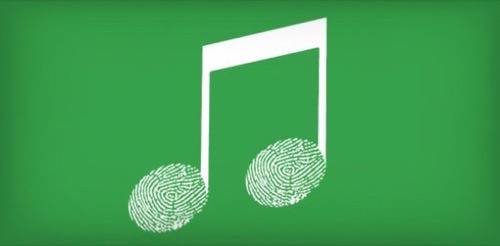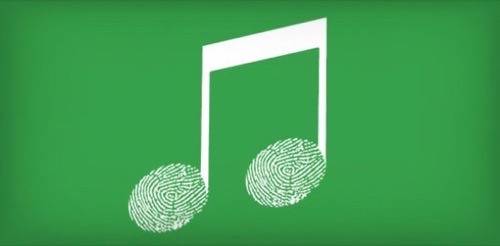
The same kind of digital fingerprinting that helps music lovers identify songs using apps such as Shazam and Soundhound is also being used to help artists, performers and rights holders identify who is using those songs – yet another way big data is changing the way we live and do business.

TuneSat, a New York-based company with roots in the music and entertainment industry, has a very simple business model: Put information in the hands of music rights holders so they can obtain the royalties that are lawfully theirs.
Beating the PROs at their Own Game
Performing rights organizations (PROs), like ASCAP and BMI here in the U.S., are the organizations typically charged with gathering performance information about members’ musical works. The PRO monitors public performances of works to make sure that royalties are getting to the artist or other rights holder. They also work to prevent unlicensed performances of a work.
On television, however, things get a bit more dicey. The performance of music in this medium is governed by synchronization rights, and is often self-reported. Whenever a TV show wraps up production, someone on the crew (usually a low-level production assistant or intern) is tasked with filling out a cue sheet that specifies what music was used in the show, for how long, and how it was used. Such reports often come in late and rife with errors.
TuneSat, according to founder and COO Chris Woods, fits right inside this lengthy, centralized process. Instead of relying on large, cumbersome organizations and self-reporting media outlets to obtain performance and synchronization information, TuneSat uses digital fingerprints of music to actively monitor more than 300 television channels in the U.S. and Europe – and makes reports available on when and how music is being used.

Inverting the Old Copyright/Royalty Model
TuneSat’s model completely inverts the old copyright/royalty model. For a nominal subscription fee (starting at $10/month for 10 tracks of music), any artist or music publishing organization can actively track their music across a wide range of media outlets.
Once enrolled, clients submit digital masters of the songs in question, which TuneSat then records and analyzes to create a digital DNA, Woods explained.
With so much variation in musical performances, one would expect TuneSat to require a back-end infrastructure that used Hadoop or some other big-data tool for unstructured data. But Woods said that what’s ultimately stored and used to track and find songs is a very structured digital signature, which can be stored and analyzed with a PostgreSQL database and analyzed using a custom data processing tool.
Beyond the use of open-source technology to drive yet another startup to operate at a minimal IT cost, TuneSat decentralizes and automates a formerly cumbersome data-gathering process. What used to take months now can be done within the hour.
The result is yet another way big data and advanced analytics disrupt existing business models by quickly and inexpensively revealing information either actively hidden via intentional secrecy, or passively buried in the depths of bureaucracy and tangled processes.

Potential Controversy
When it comes to monitoring TV, that may not cause much trouble. But TuneSat’s Web Monitoring Service uses a similar approach to track millions of websites. Many of those sites may not fully understand their legal obligations when using music, or believe that they’re too small to worry about licensing issues. They may be unwilling or unable to pay royalties.
TuneSat doesn’t enforce copyright, Woods emphasized, or compete directly with ASCAP/BMI. Its job is just to provide clients with the information they need to make informed decisions. A PRO would still be needed to enforce royalty collections.
Still, as big data allows services like TuneSat to look deeper into the Web (the service can identify music clips as short as three seconds), it could spark potential friction between music users and rights holders.
World TV image courtesy of Shutterstock.










